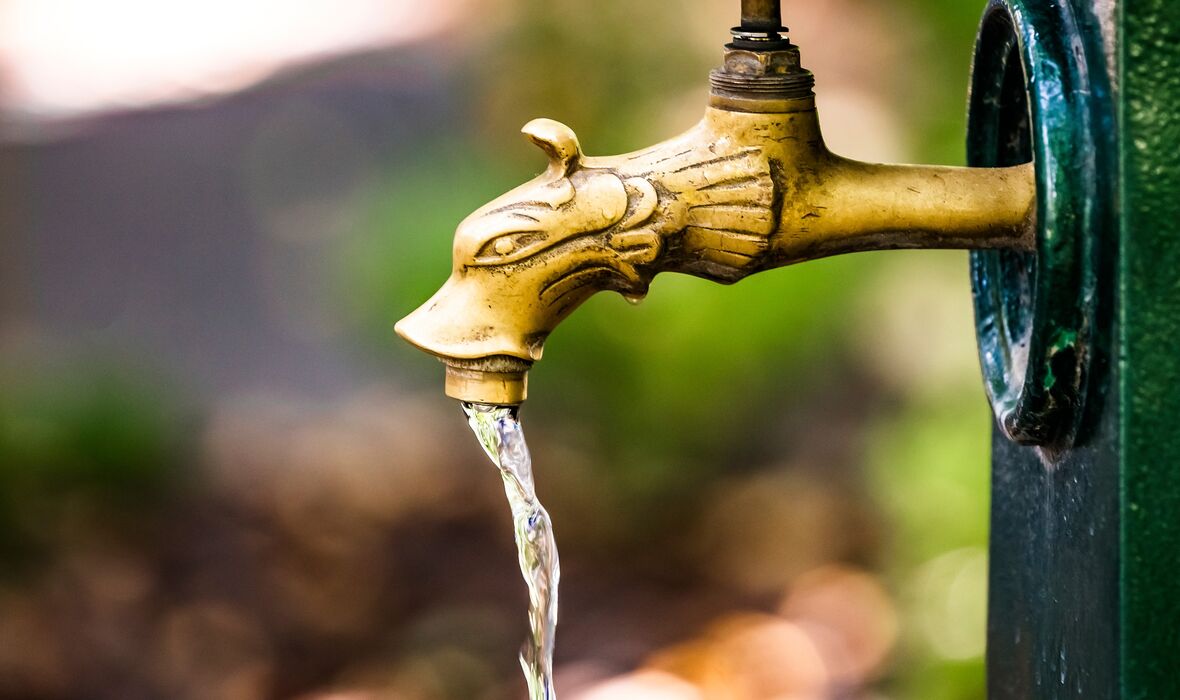Propane is one of the essential systems onboard any RV—and understanding how to properly use and maintain your propane tanks is critical for safe, comfortable travel. In Episode 8 of Go RVing with Matt Light, Matt shares a few practical tips for managing propane on the road, especially for those new to RV life.
If you’re preparing for your first trip or just want to ensure your propane system is running efficiently, this guide will give you a solid foundation and help you avoid common pitfalls.
Related: Propane 101: What New RVers Need to Know About Propane Systems
Why Propane Matters in Your RV
Propane powers many of the key systems in your RV, including:
- Refrigerator: Especially important when you're off-grid or traveling before reaching shore power.
- Furnace: Essential for heating your RV in cooler weather.
- Water heater: Ensures you have access to hot water, whether you’re showering or washing dishes.
- Stovetop: Allows for easy cooking even without electricity.
- Grills and exterior appliances: Some rigs feature propane connections for outside grilling or portable heaters.
Propane is versatile, portable, and often more cost-effective than running all systems on electricity, especially when dry camping or boondocking.
Tip #1: Know Your Propane Tank Type and Capacity
RVs typically come with one of two types of propane tanks:
- DOT cylinders (vertical tanks): Found on travel trailers and fifth wheels. These are removable and often mounted on the front of the rig.
- ASME tanks (horizontal tanks): Found on motorhomes and permanently mounted to the chassis.
Before any trip, identify your tank type and check its capacity, which is usually measured in pounds or gallons. Knowing how much fuel your tank can hold helps you calculate how long it will last based on your usage.
Tip #2: Fill and Test Before You Travel
As Matt Light explains in the video, your propane tank should be completely filled before hitting the road. Don’t assume you’ll find a refill station easily during your journey, especially if you’re headed to a remote or rural area.
Here’s a basic pre-trip propane checklist:
- Check propane level using an onboard monitor, gauge, or stick-on indicator.
- Inspect tanks for signs of rust or damage.
- Test propane appliances to make sure they’re operating properly.
- Turn on your refrigerator at least 24 hours before departure using propane—this helps it cool down completely and saves time at your destination.
Tip #3: Use Propane Before the Trip, Then Switch to Electric
When you’re preparing at home or during travel days, it's a good idea to run your RV refrigerator on propane to keep food chilled. But once you arrive at your campsite and connect to shore power, switch your appliances over to electric to conserve propane.
Many RV fridges and water heaters are dual-fuel, meaning they can operate on propane or electricity. Use this flexibility to your advantage.
Tip #4: Learn How to Switch Between Tanks
If your rig has two propane tanks, there’s usually an automatic changeover regulator that lets you switch between them. Make sure you:
- Turn on both tanks before departure.
- Position the selector lever toward the tank you want to draw from first.
- When that tank is empty, the regulator will automatically switch to the second tank.
- The indicator will change color (typically from green to red) when a tank is empty, signaling it’s time to refill.
Pro tip: Refill the empty tank as soon as it runs out, so you always have one full tank ready.
Tip #5: Practice Safety at All Times
Propane is safe when handled correctly, but it requires care. Here are a few safety reminders for every RVer:
- Never travel with propane appliances running. Turn off your furnace, water heater, and refrigerator when driving.
- Install propane detectors in your RV to alert you of leaks.
- Inspect hoses and connections for wear or damage. Replace any that are cracked or brittle.
- If you smell gas, turn off your tanks immediately and ventilate the RV. Do not use any appliances or switches until the system has been inspected by a professional.
Tip #6: Know How to Monitor Propane Levels
If your RV doesn’t come with a built-in monitor, there are several ways to estimate how much propane remains in your tank:
- Stick-on temperature strips: Apply to the side of the tank; they change color at the fill line.
- Inline gauges: These connect between the tank and regulator and provide a visual level readout.
- Hot water method: Pour hot (not boiling) water down the side of the tank. Feel for a temperature change—the tank will be cool where propane is present.
These methods help avoid the dreaded “mid-trip outage” that can ruin a meal or a hot shower.
Final Tip: Don’t Be Afraid to Ask for Help
If you’re still unsure about how to use or maintain your propane system, follow Matt’s advice and ask a pro. Many RV dealerships and service centers are happy to walk you through the process.
You can also tap into trusted training resources like the RV Technical Institute, which offers classes, workshops, and guides specifically for new RV owners.
Ready to Learn More?
Propane is just one of the essential systems you’ll need to master as you begin your RV journey. For more beginner-friendly guidance, visit Go RVing’s Beginner’s Guide to Propane Tanks.
To keep building your confidence and skills, check out the full RV Newbie Tool Kit video series on the Go RVing YouTube channel.











